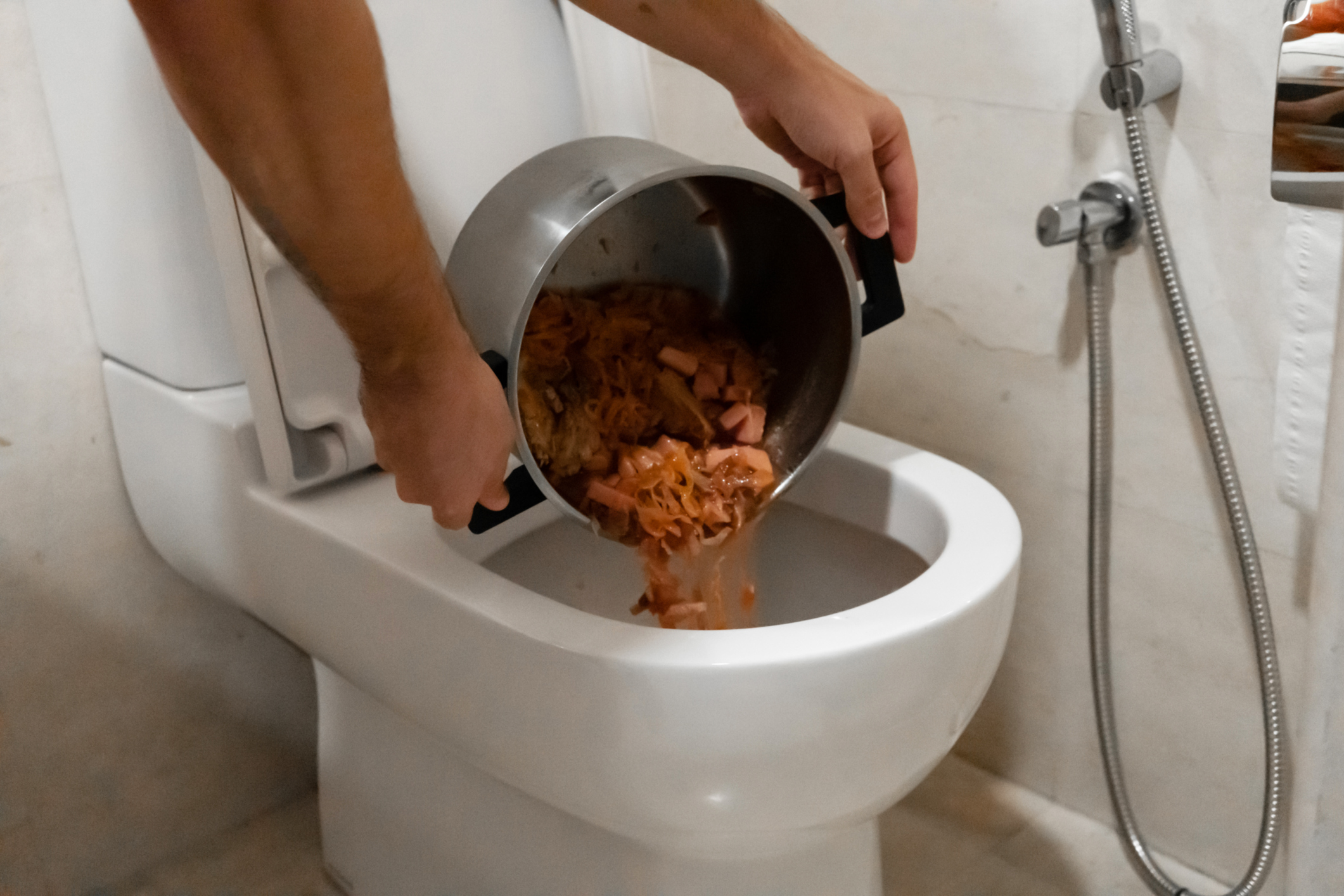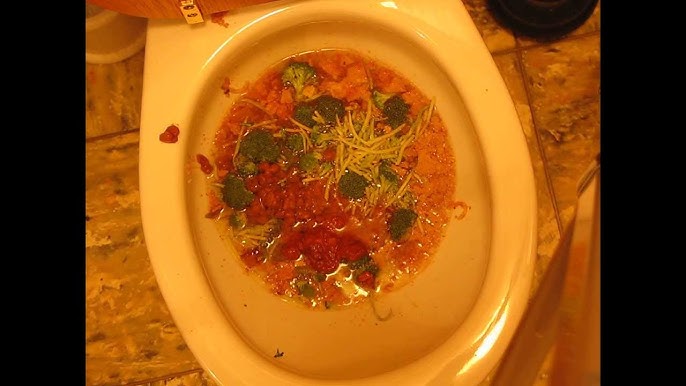Are You Capable to Dispose of Food Down the Toilet?
Are You Capable to Dispose of Food Down the Toilet?
Blog Article
Everyone is bound to have their private theory in relation to Flushing Food Down the Toilet?.

Introduction
Lots of people are frequently confronted with the dilemma of what to do with food waste, specifically when it pertains to leftovers or scraps. One usual question that arises is whether it's alright to flush food down the toilet. In this write-up, we'll look into the reasons that individuals may think about flushing food, the consequences of doing so, and different techniques for appropriate disposal.
Reasons individuals could think about purging food
Absence of recognition
Some individuals may not recognize the prospective damage brought on by purging food down the commode. They might wrongly believe that it's a harmless technique.
Comfort
Flushing food down the toilet may appear like a quick and easy remedy to dealing with unwanted scraps, particularly when there's no nearby trash can offered.
Idleness
In many cases, people might simply pick to flush food out of large idleness, without thinking about the effects of their activities.
Repercussions of flushing food down the bathroom
Environmental impact
Food waste that winds up in waterways can add to pollution and damage marine environments. In addition, the water used to flush food can strain water resources.
Pipes issues
Purging food can cause clogged pipes and drains, causing costly pipes repair services and hassles.
Types of food that need to not be purged
Fibrous foods
Foods with fibrous textures such as celery or corn husks can obtain entangled in pipes and trigger blockages.
Starchy foods
Starchy foods like pasta and rice can take in water and swell, causing blockages in pipelines.
Oils and fats
Greasy foods like bacon or food preparation oils must never be flushed down the bathroom as they can strengthen and create blockages.
Appropriate disposal methods for food waste
Utilizing a garbage disposal
For homes furnished with garbage disposals, food scraps can be ground up and purged through the plumbing system. Nonetheless, not all foods appropriate for disposal in this fashion.
Recycling
Particular food packaging products can be recycled, reducing waste and reducing environmental effect.
Composting
Composting is an environmentally friendly way to deal with food waste. Organic products can be composted and utilized to enrich dirt for horticulture.
The value of proper waste management
Reducing ecological injury
Appropriate waste management methods, such as composting and recycling, help minimize pollution and maintain natural deposits for future generations.
Securing pipes systems
By preventing the method of flushing food down the bathroom, house owners can prevent costly pipes repair work and preserve the stability of their plumbing systems.
Verdict
Finally, while it might be alluring to purge food down the commode for convenience, it is very important to comprehend the potential consequences of this activity. By taking on correct waste administration techniques and dealing with food waste properly, people can contribute to healthier pipes systems and a cleaner setting for all.
FLUSH FOOD DOWN THE TOILET?
FLUSHING FOOD CAN CAUSE BLOCKED DRAINS IN YOUR HOME
All of the plumbing fixtures in your home are connected to the same sewer pipe outside of your home. This outdoor sewer pipe is responsible for transporting all the wastewater from your home to the Council sewer mains. Even small pieces of food that go down the kitchen sink can cause problems for your sewer. It should therefore be obvious that flushing larger bits of food, such as meat, risks a clog in either the toilet itself or the sewer pipes. Flushing greasy food is even more problematic because oil coagulates when it cools, coating the interior lining of your pipes.
THE TOILET IS NOT A BIN
Food isn’t the only thing that people shouldn’t be flushing down the toilet. People use the toilet to dispose of all kinds of things such as tampons, makeup wipes, dental floss, kitty litter and even underwear. Water goes to great lengths to educate residents about the high costs and stress placed on wastewater treatment systems simply from people flushing the wrong stuff down the toilet. It costs taxpayers millions of dollars each year, and homeowners thousands in blocked drain repairs.
FLUSHING FOOD IS A WASTE OF WATER
Flushing food is a waste of our most precious resource - water. In June this year Level 1 water restrictions were introduced to protect water supply from drought conditions. Much of New South Wales continues to be affected by prolonged drought with recent figures revealing up to 97 per cent of the state remains in drought. Depending on whether you have a single or dual flush toilet, every single flush uses between five and 11 litres of water. In the current climate this is a huge amount of water to be wasting on flushing food that should be placed in the bin (or better yet, the compost).
https://www.jabplumbingsolutions.com.au/blog/can-you-flush-food-down-the-toilet

As a devoted reader on Think Twice Before Flushing Food Down Your Toilet, I figured sharing that post was sensible. Liked our post? Please quickly share it. Let someone else check it out. Thanks for your time invested reading it.
Call Today Report this page